- Our DNA
- Innovation Lab
- Publications
- Energy Transparency
- Press Corner
- Events
- Contact
- Subscribe
- Membernet
- My account
- Search
- Follow us at LinkedIn
- Follow us on Twitter
- Follow us on Instagram
March 11, 2024

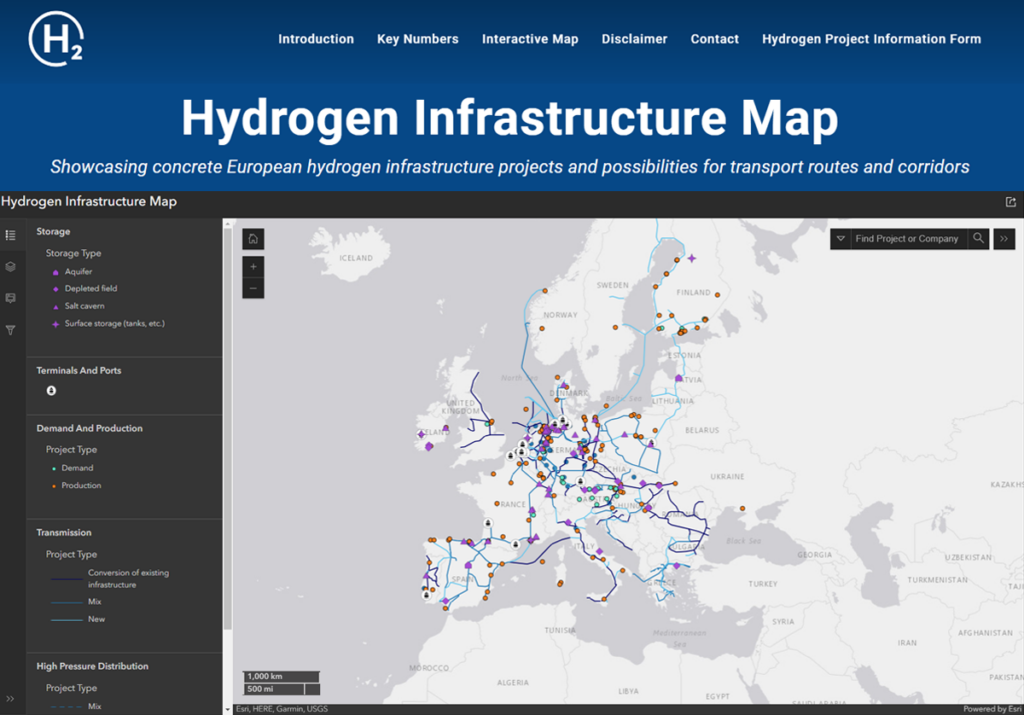
CEDEC, ENTSOG, Eurogas, GD4S, GEODE, and GIE, in cooperation with the European Hydrogen Backbone Initiative, first published this map in December 2022 as a way to visualise hydrogen projects in 2030, 2040 and 2050 and allow for interactive display of the project information. The Hydrogen Infrastructure Map was first developed to satisfy the European Commission’s request to visualise “all hydrogen infrastructure projects collected under different existing processes in a form of a map” in their conclusions at the 36th European Gas Regulatory Forum in May 2022.
There are currently approximately 450 projects for hydrogen distribution, transmission, import terminals, storage, demand and production included in the Infrastructure Map. The project information was collected by using a bottom up approach, with data provided by project promoters. More recently, a new mapping tool has improved map navigation and the user experience by including a search function for project name and project promoter, and a dedicated sidebar for project information.
The Hydrogen Infrastructure Map is updated twice a year, in Q2 and Q4. For the next publication of the map, planned for April 2024, it is intended to include the 65 hydrogen and electrolyser projects identified as European Commission Projects of Common Interest (PCIs) and Projects of Mutual Interest (PMIs), the first list under the revised Trans-European Networks for Energy Regulation (TEN-E).
Project promoters are invited to submit new project information or update any that are already included in the map, before 25 March. To do so, we invite promoters to use the Hydrogen Project Information online form available on the Hydrogen Infrastructure map website.
In case of any questions, please contact info@H2inframap.eu.
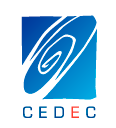
CEDEC: CEDEC is the European Federation of local energy companies, representing the interests of 2000 local and regional energy and broadband companies across Europe, serving 100 million electricity, gas and district heating customers and broadband connections. Active in every part of the value chain – generation, distribution grids and supply – these companies provide services which are reliable, sustainable and close to the consumer, making a significant contribution to local and regional economic development.

ENTSOG: The European Network of Transmission System Operators for Gas was founded in line with Regulation (EC) 715/2009 and has played a key role in facilitating integration of the European gas markets, ensuring technical interoperability and providing security of supply by gas infrastructure planning. Looking forward, ENTSOG is contributing to the net-zero decarbonisation by 2050, in particular, by the integration of renewable and low carbon gases via future-proof gas transmission pipelines, in line with the EU energy and climate goals. More information on ENTSOG can be found on our website – www.entsog.eu or contact info@entsog.eu.
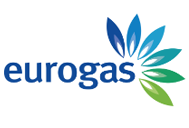
EUROGAS: Founded in 1990, Eurogas is an association of 101 companies and associations, spanning the entire length of the gases value chain. Its purpose is to accelerate the transition to carbon neutrality through dialogue and advocacy about optimising the use of gas and gaseous fuels. Eurogas members cover wholesale and retail gas markets, the distribution of natural renewable and low carbon gases and their derivatives and the use of gas in transport. Eurogas also represents technology providers including companies active on value chain methane emissions management.
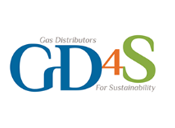
GD4S: Gas Distributors for Sustainability represents the leading natural gas distributors in France, Greece, Italy, Ireland, Spain, Portugal, the Netherlands and Romania. Together, we represent almost 35 million customers in Europe (more than 30% of the European market). Gas distributors are responsible for operating the gas distribution network, ensuring its maintenance, and its development. We are responsible for safely distributing natural and renewable gas to consumers.
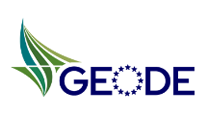
GEODE: GEODE is a European association representing local energy companies operating electricity and gas distribution networks committed to a sustainable, efficient and reliable management of the grids as the backbone of the energy system. Thanks to the technical expertise of its members, GEODE’s mission is to accomplish the energy transition towards decentralised, decarbonised and digitalised energy systems.
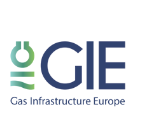
GIE: Gas Infrastructure Europe (GIE) is the association representing the interests of European gas infrastructure operators. GIE members are active in transmission, storage and import terminals. Its members work and innovate with natural, low-carbon, renewable gases, including hydrogen and biomethane. Gathering 68 industry entities from 25 European countries, GIE perfectly embodies the multiple transitional decarbonisation pathways of the EU regions. The association’s vision is that by 2050, the gas infrastructure will be the backbone of the new innovative energy system, allowing European citizens and industries to benefit from a secure, efficient and sustainable energy supply.
Downloads





































































